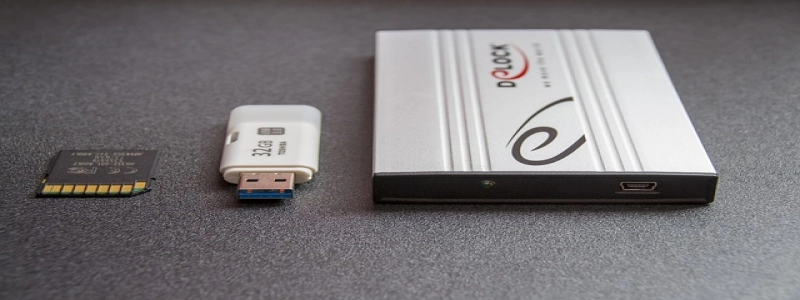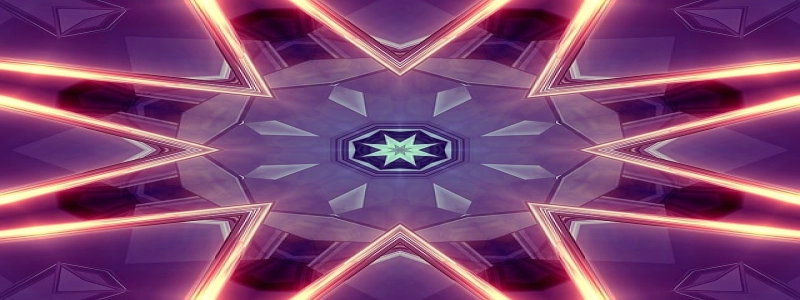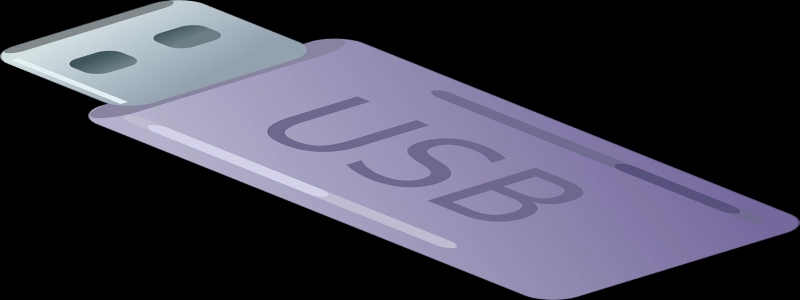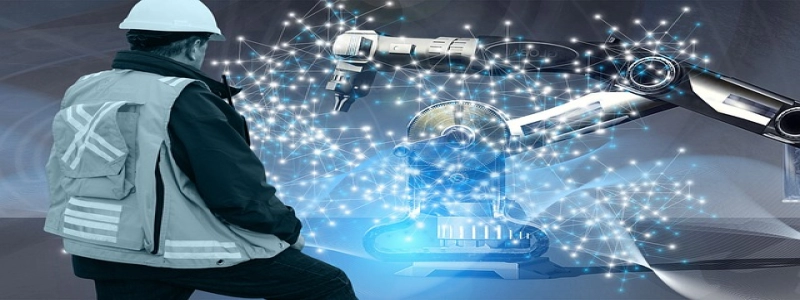【一级标题】Ethernet Cables: Understanding the Differences
【二级标题】Introduction to Ethernet Cables
【内容】Ethernet cables are essential components in computer networking. They serve as the physical medium for transferring data between devices, such as computers, routers, and switches. 然而, not all Ethernet cables are created equal. In this article, we will explore the differences between various types of Ethernet cables and their implications for network performance.
【二级标题】Category 5e Ethernet Cables
【内容】Category 5e cables, also known as Cat 5e cables, are one of the most common types of Ethernet cables used today. They can support data transfer speeds of up to 1000 Mbps (megabits per second) and are suitable for most home and small office networks. Category 5e cables are twisted pair cables with an enhanced performance rating compared to their predecessor, 类别 5 cables. They feature four pairs of twisted wires enclosed in a plastic sheath, providing reliable connectivity and reducing crosstalk between the wires.
【二级标题】Category 6 Ethernet Cables
【内容】Category 6 cables, or Cat 6 cables, are an improvement over Cat 5e cables in terms of performance. They are designed to handle higher data transfer speeds and provide better resistance to interference. With a bandwidth capability of up to 250 MHz, Cat 6 cables can support data rates up to 10 Gbps (gigabits per second) over short distances. This makes them suitable for demanding applications, such as video streaming and online gaming. Cat 6 cables have stricter construction requirements, including tighter twists and thicker copper conductors, resulting in reduced signal loss and enhanced signal integrity.
【二级标题】Category 6a Ethernet Cables
【内容】Category 6a cables, also known as Cat 6a cables, are an enhanced version of Cat 6 cables. They offer even higher performance and are capable of supporting data transfer speeds of up to 10 Gbps over longer distances than Cat 6 cables. Cat 6a cables achieve this by using improved shielding and larger conductors, which minimize signal degradation and crosstalk. These cables are also suitable for applications requiring Power over Ethernet (PoE), which enables the transmission of power and data over a single cable.
【二级标题】Fiber Optic Ethernet Cables
【内容】Fiber optic cables represent an entirely different technology than copper-based Ethernet cables. Instead of relying on copper wires for data transmission, fiber optic cables use strands of glass or plastic fibers to transmit information as pulses of light. This allows for significantly higher data transfer speeds and longer transmission distances compared to copper cables. Fiber optic Ethernet cables are commonly used in enterprise networks and high-speed internet connections where maximum performance and reliability are required.
【二级标题】Conclusion
【内容】In conclusion, Ethernet cables play a crucial role in establishing reliable and high-speed network connections. Understanding the differences between various types of Ethernet cables is important for selecting the right cable for your specific needs. Category 5e, 类别 6, and Category 6a cables are suitable for most home and small office networks, with increasing performance and capabilities. 然而, if you require maximum performance, especially for demanding applications or long-distance transmission, fiber optic Ethernet cables are the best choice.








